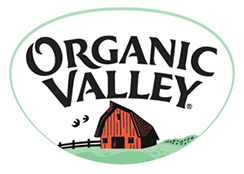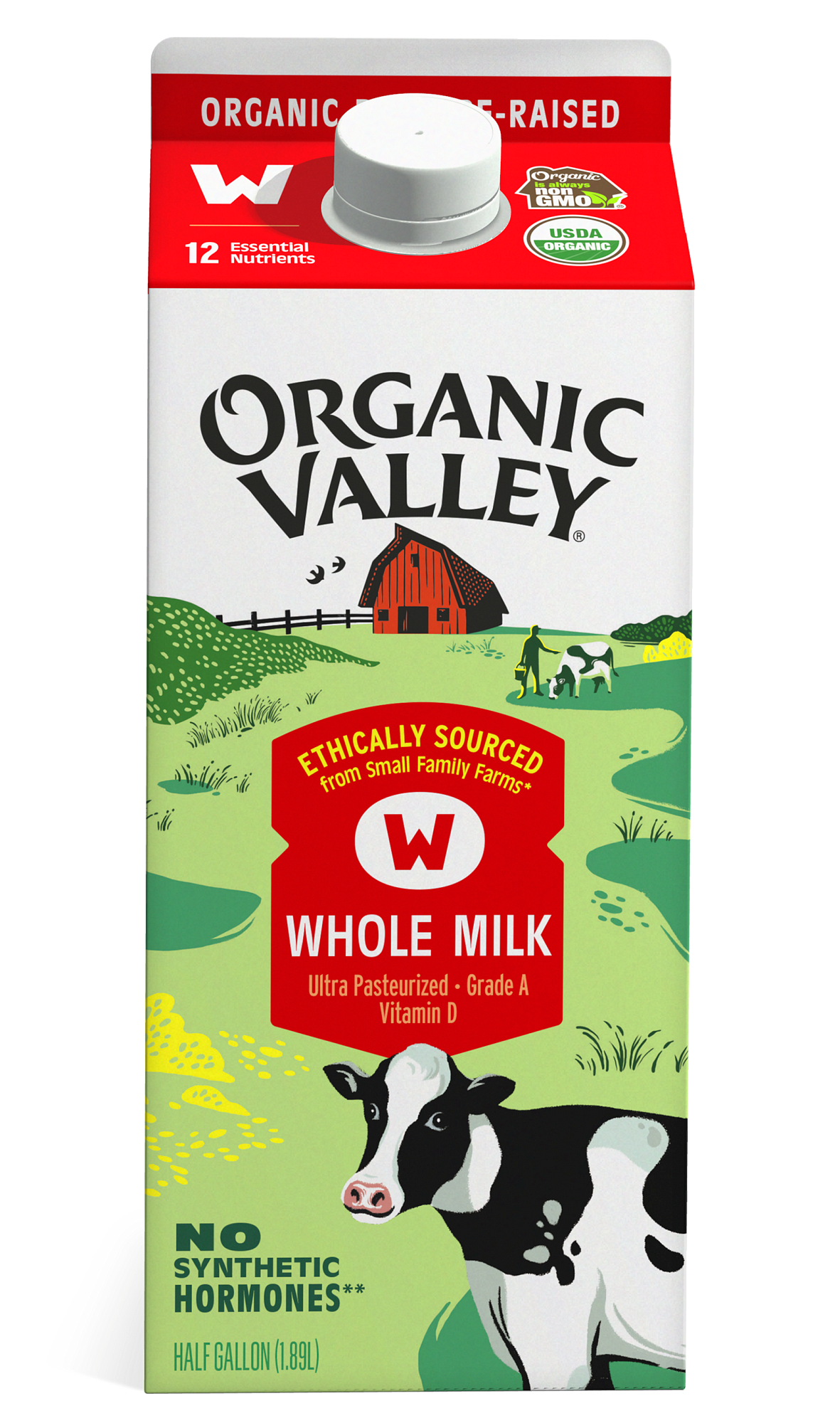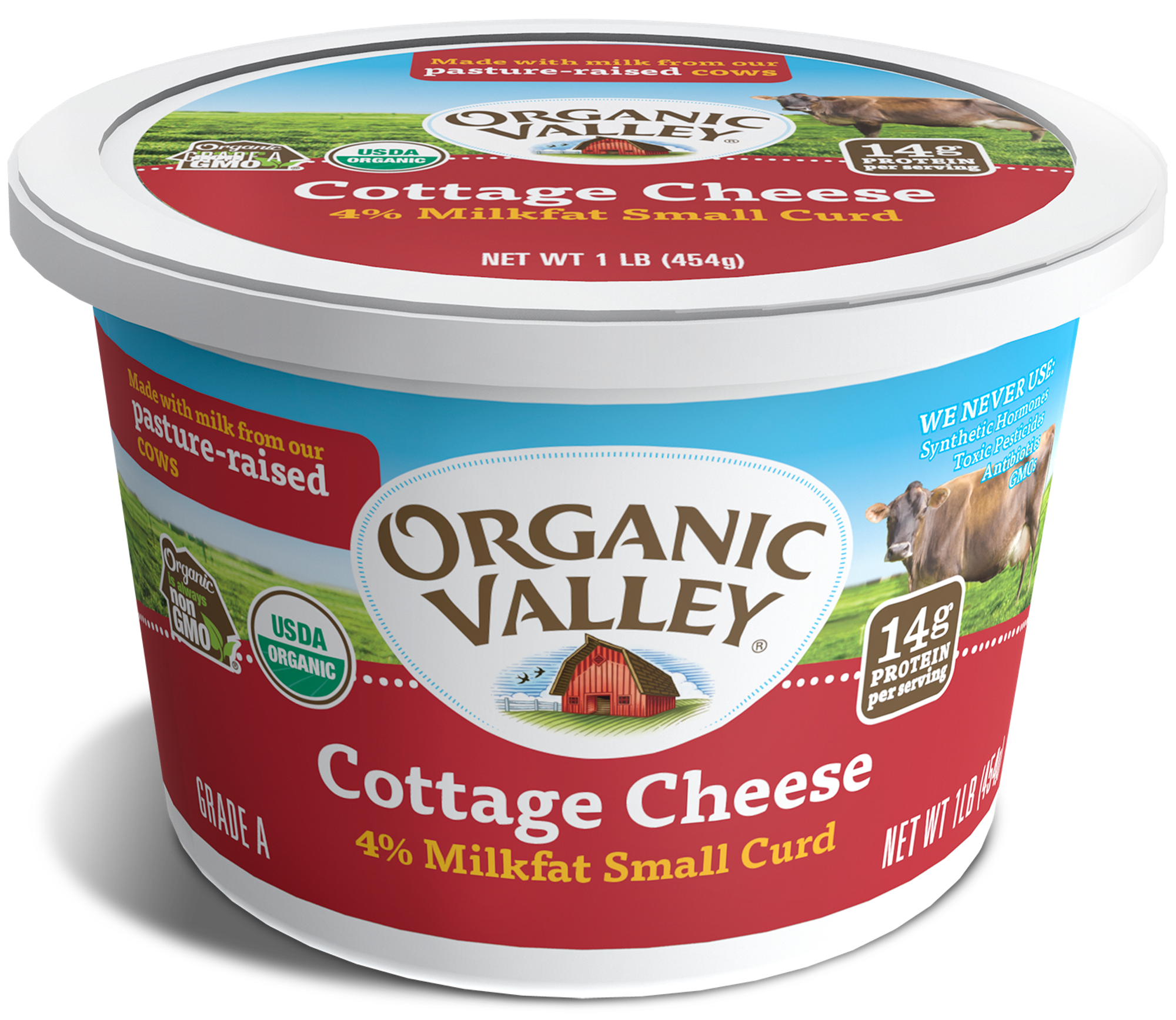
Farming
Holistic Farming with Allan Savory
This week on Rootstock Radio, host Theresa Marquez speaks to Allan Savory. Allan is the co-founder of the United States based Savory Institute and the Africa Centre for Holistic Management. He is also a farmer and game rancher in Zimbabwe.
Much of the work Allan is doing with holistic land management started with the desertification of land. Desertification is land degradation in a form so extreme that it creates desert. He noticed that the areas where the land was healthiest was where there was livestock grazing, contrary to the belief that heavily grazing livestock with cause the land degradation. The soil plant an animal life had to co-evolve, so it wasn't the animals ruining the land but poor land management. Allan, along with farmers and rancher in the area, began to experiment with grazing animals and came up with a plan for holistic land management. Since it was devised, his plan has helped farmers all over the world, and, as long as people follow the process exactly, he can almost guarantee the results they will see.
Allan explains that intensive animal concentration helps soil because the grass plants that grow in seasonal rainfall areas can’t shed their leaves. So the grass has to have something to remove the leaf for them to stay alive. "Before, grasslands would be burned to keep them healthy... but adding more animals can do the same thing," says Allan. Rain causes the bare ground to seal and get covered with algae and lichens and a crust. And this makes it difficult for grass to germinate. You need something to break the crust and put organic matter on it to help break it down. They would get large machines to do this, but animals can do the same thing if they bunch up, break the soil surface and "garden it."
Listen to the interview below, on iTunes, Stitcher, Google Play, Spotify, or wherever you get your podcasts. And we also recommend watching his excellent TED talk: https://youtu.be/vpTHi7O66pI
Rootstock Radio Interview with Allan Savory
Air date: December 26, 2016
Welcome to Rootstock Radio. Join us as host Theresa Marquez talks to leaders from the Good Food movement about food, farming, and our global future. Rootstock Radio—propagating a healthy planet. Now, here’s host Theresa Marquez.
THERESA MARQUEZ: Hello, and welcome to Rootstock Radio. I’m Theresa Marquez, and I’m very honored today to be on the phone with someone whose work I’ve followed for decades. Mr. Allan Savory was born in Zimbabwe and educated in South Africa, and then became a biologist, also a game ranger. He was also a farmer and a game rancher in Zimbabwe. And in addition to all this, Allan is an author and a multiple award winner for the work conducted through his organizations. It’s a real honor to be speaking with Allan here today. Allan, I am just so interested, when you were in Africa, in the early days, it struck you that there was maybe something that we could learn to reverse desertification, which I know is a major theme of your life’s work. What was it that kind of said, “Whoa, there’s a solution here”?
ALLAN SAVORY: Okay, Theresa. You know, we didn’t, in those days—we’re talking about the 1950s, when I was a biologist in Africa—we didn’t have today’s buzzwords, biodiversity loss, desertification, and climate change. They’re really the same thing, but we didn’t have those buzzwords. And I was seeing the loss of diversity on land in Africa just through terrible habitat destruction, destruction of the land, and very, very concerned about that, and determined to try to find solutions to it. And then, of course, over the years, gradually it dawned on me that it was the same destruction of land, environment, that had destroyed many civilizations because of their agriculture and that was now threatening us globally. So it just grew from that early beginning of just being concerned with the wildlife and how there was no point in stopping poaching or anything else—we were going to lose them just because their habitat was going.
TM: Well, you know, in your third edition, Holistic Management: A Commonsense Revolution to Restore Our Environment, you talk a lot about the desertification that you’ve witnessed in the last 50 years, and then also coming up with solutions by your early days in Africa, watching wildlife. I wondered if you could say something to our listeners about what you observed that brought you to holistic management.
AS: All right. Talking about the desertification, that just means land degradation which, in its extreme form, becomes desert. So think of agriculture, in any form, causing land degradation. And the early clues I got in Africa, where I was seeing this degradation that we blame on livestock more than anything else, but I was seeing it occurring where there was no livestock, and we were forming national parks in beautiful areas. So when looking at that degradation of the land with no livestock, it was very puzzling, because as a scientist I was trained that virtually nothing did it except livestock. So you can see I was very puzzled. And looking at that land, I couldn’t help but notice that the areas where the land was healthiest and not deteriorating as much were where we had the most animals, not the least animals—the most buffalo, elephants, lions, their predators, et cetera. And so it took a long time for me to sort out and come to understand what today we can, hindsight, we can understand pretty quickly. And basically, all it is is that the soil, the plants, and the animals in any environment co-evolve together, not one before the other. And so soil is a living organism. Without life you don’t have soil, you just have rocks and sand. And the plant life and the animal life on that soil, and the soil life, all evolve together. And that in most of the world where the rainfall is very seasonal, like most of the United States, and not like the east and west coast, where there’s humidity throughout the year, but where you get dry periods—in those regions of the world, which is most of the world, the animal population was literally millions and millions of large, grazing animals. And in the seasonal environments, that was the norm that the grass and the soil and everything co-evolved with. But in the humid environments, like east and west coast of the United States, most of the herbivores, the animals eating plants, were actually insects and they weren’t large grazing animals. So that was what I spotted, and then began to follow that up.
TM: And so were you able to replicate some experiments, in your early days in Zimbabwe, of trying to intensify animals on land?
AS: Well, it was a very muddled period, I can really assure your listeners, when ranchers turned to me for help, because they saw that I was in deep conflict with other scientists and with government. And they believed I was right, that the land deterioration was because of our management, whereas government and other scientists were blaming it either on drought or livestock. And I was saying no, it’s our management. So when ranchers turned to me, I started working with them and helping them, but I said, “You’ve got to accept that I don’t know what the hell I’m doing. I just believe the problem is management, but it’s going to be the blind leading the blind. But I’m determined we’re going to find solutions to this.”
TM: I think it’s so great that you went to ranchers and farmers and said maybe there’s some common sense here. And so were some of those early experiments—I mean, farmers and ranchers are generally so conservative they don’t like to experiment. Somehow they were interested in some of the thoughts that you had about, no, it’s not the animals, and were willing to try some new management techniques. Was it increasing the amount of animals that you tried first?
AS: Theresa, what brought most ranchers to me was hardship. They were very frank about it. You know, when I’d say, “Well, why are you coming to me?” it was literally just extreme hardship. Bear in mind this was in Rhodesia, and we were being sanctioned by the whole world and couldn’t sell our products, and so on. I mean, really ruthless sanctions. So ranchers and farmers had all the normal difficulties plus a world trying to stop us selling our beef and our tobacco and whatever else we had. So they were in extreme difficulties. And when your back is to the wall, you really do start looking for anything that’ll save you. So early ones were often frank about it and said, “We’ve reached the end of the road. Nobody’s offering hope except you.” And they began to work with me.
(8:42)
TM: How long was it, do you think, that you worked with these farmers before you were able to say, “We have a system here that I can now promote in other places besides this region”?
AS: Well, again… Well, what happened there was I was fairly quickly able to come up with the grazing and working with the livestock and the wildlife and the crops, and get very encouraging results. And there I used the available research and began to realize that the whole of range science, so-called, is based on beliefs and not actually on science, and that I began to pick up some of the solid science from French research, a pasture manager there. For example, the belief was that livestock caused the land damage because of overgrazing and that you can overgraze land. Well, you can’t overgraze land; your common sense tells you that. You can only overgraze plants. And the French research had shown that overgrazing of plants had nothing to do with animal numbers, whereas the worldwide belief was that overgrazing didn’t even need to be defined because it was so obviously too many animals. Well, that wasn’t obvious. That was a belief and not science. So I didn’t have to do any experimenting at all. I just did extensive research on the literature, picked that up. And then what the Frenchman, André Voisin, had done was he had worked out in Europe why the land was deteriorating even in that kind climate of abundant moisture, through rotational grazing and things like that. And he had worked out a simple planning process that he called rational grazing, translated from the French, meaning “thought out”—not rotational, which usually means you’re not thinking, you’re just rotating the animals. Anyway, so it was a simple planning process. And I thought, wow, he’s got the answer. So I got clients of mine, ranchers I was working with in Africa, to try that, and we came unstuck very quickly. And then I realized, all right, Voisin, the Frenchman, is not wrong. It’s just that for his climate, what he’s worked out there is not good enough for here. We need something more sophisticated. But he is right, we need a planning process. So then I looked to other professions and chose the fairly logical one, which was the closest to it, and that was the military, because over hundreds of years of experience, they had developed very simple ways of coming up with the best possible plan in very complicated situations, very quickly, at any point in time. So I just took European experience from Sandhurst Military Academy on immediate battlefield planning, how that is done. And then I only had to adapt that to farming situations, ranching situations, by overcoming the time problem, because you know, when you plan in a battle, it’s for a day, an hour, a week, whatever, but it’s a short period. And farmers and ranchers have to plan for months ahead and sometimes a year or more, for different seasons, lack of rain, droughts, all of these things. And so just cribbing the military experience of hundreds of years, putting it on a chart, it worked immediately, and we’ve never looked back since then. So that gave us some very encouraging results. We began to stop the land degradation almost immediately, got these encouraging results. Hundreds of ranchers came to me for help. It spread over five countries. But then we began to get some erratic results. So something was still missing. And that was my fault, and what I realized on looking at them is the problems were not occurring because of the grazing planning process, but they were occurring because of social issues I’d neglected, or economic considerations. So we had to bring the social, the economic, and the environmental and livestock all together. And that presented quite a problem. I realized we had to bring in the economic, the social, all of these things together, and we solved that by 1984. So from 1984 it became holistic management. And that’s when that word holistic came in. And that has been very, very successful, as long as people follow the process. In fact, we can guarantee the results, as long as people follow the process. About that time, in fact, in America, because I was over here working by then, some 600,000 farm families went bankrupt, and suicide was the leading cause of death. And again, many farmers and ranchers came to me because they were in trouble. And an early study done by some researchers at Ohio State University found the early adopters of holistic management, in that study they did, averaged 300 percent more profit. That was at a time when 600,000 farm families went broke. So it’s very effective.
(15:17)
TM: What a great story that is. And actually the cooperative that I work for came out of the ashes in 1988, where all around them, as you said, suicide was a big cause of death, and a very, very sad time for family farmers. I love the word holistic because it says that all things, to me, are connected. I read in your book about certainly one of the first things that happens, or needs to happen, is this increase of soil health. Could you say a little bit about how this intensive animal concentrations help with the health of the soil?
AS: Yes. In the bulk of the world that has seasonal rainfall, all right, with dry months when you get no rain, the grass plants that grow—and they provide most of the soil cover—and when they grow, they cannot remove their own leaves, like trees. We call it “fall” because trees can remove their own leaves and drop them to the ground, and then sunlight can reach the growing buds the next season. Now, grasses can’t do that. So when perennial grasses grow in these seasonal rainfall environments, they have to have something remove that leaf for them to stay alive. And if they don’t, if there’s not enough animals to do that, then it turns to chemical breakdown—oxidation, like rusting tin. And so for centuries, humans, seeing that the grassland without enough animals in fact started to die, humans removed that old material with fire. And they still do, in [unclear] and so on, they still believe you’ve got to burn grasslands to keep them healthy. Well, no, you don’t. You can do the same thing with more animals. So we realized we needed a lot more animals to keep the grasslands alive from that point of view. Now, there was another thing: when the grasslands began to die and bare ground appeared, the raindrops hitting the bare ground cause it to seal and get covered with algae and lichens and a crust. Now, that makes it very hard for grass plants to germinate and establish, as any gardeners amongst your listeners would understand. So you have to have some way to break that crust and put mulch and litter, dead plant material, on it to get plants to grow. Now, scientists realized that long ago, and they’ve always tried to do it with machinery. But machinery can’t do it on the scale that is needed every year over billions and billions of hectares in the world. And so that was when I realized, all right, what they’ve tried to do by developing large machines to do, we could just do with animals if we understand their behavior and get them to bunch enough like they did when they had pack-hunting predators around them. So really, that’s it. We get the animals to bunch so that they break capped soil surfaces, and garden it with their hooves and their dung and urine, so plants can germinate, rain can penetrate and stay in the soil and not evaporate out of it. And we keep them moving so that they don’t overgraze any plants while they’re preparing the soil for plants to grow. And that, in essence, is what we’re doing. And we’re just using the animals to do it instead of, like a gardener would do in their garden, they’d use a spade or a fork or something to do the same things, and maybe bring in manure. Well, we’re just doing it without the technology and the machinery because of the sheer scale.
TM: If you’re just joining us, you’re listening to Rootstock Radio. I’m Theresa Marquez, and I’m here today with Allan Savory, who is an author but also the founder of Holistic Land Management. He’s the co-founder of African Centre for Holistic Management and the U.S.-based Savory Institute. Well, you know, you mentioned how, in the early days, predators are the ones that kept the bunching of the animals. And so today, I’m assuming that it’s fencing. And I’m thinking about the New Zealand fences that are so becoming more and more popular here in the United States. Was that one of the things that grew up out of this holistic management?
AS: Yes, it is. When I was doing the work in five countries in Africa, we were doing it all with fencing to try and get enough what we call paddocks, or divisions of land, that we could move the animals through. And the way that’s done in America and New Zealand and South Africa and so on was with fencing. Now, over time, we’ve learned that that’s not necessarily the best way. That’s the best way where the environment is fairly humid most of the year, where farms and ranches are small. Then we can do it with fencing, and we can do it with what you’re calling New Zealand fencing, which is just very simple electric fencing, so that it’s portable, movable—and expensive. But on large ranches over most of the world—Australia, Africa, right up through into China, and over most of the United States—if we try to use fencing to get the animals to change behavior, we have to take it to ridiculous levels of fencing, where it’s damaging to the wildlife, far too high a cost of maintenance and labor and everything else. So over the last 10, 15 years, we’ve been doing some amazing work back in Zimbabwe, which Rhodesia is now called, and there we’re doing it with herding, because we’ve got lots of elephants and buffalo and sable and giraffe and kudu and all the animals of Africa, plus the lions, the leopards, the cheetahs, the hyenas. And so we actually herd the animals, still to a grazing plan, but all our divisions of land are virtual divisions. They’re just an elephant track people know, or a streambed, or some natural feature, and we divide the land up that way. And then we do exactly the same planning as a rancher would do with fencing, but within those divisions of land the animals are herded every day and then put into enclosures at night. Now, that has been amazingly effective, because the animals are kept bunched all the time. And so the recovery of the land is just quite astounding—far, far superior to anything we’ve achieved with fencing.
(22:55)
TM: That’s very exciting and, I think, gives a new definition to the idea of integrated systems. I was thinking about how difficult it is to get American farmers to just think in terms of management, because the corn and soy confinement feedlot operations have a formula, and they stick to it no matter what. And it’s creating huge, huge issues, as you know, in global warming, for starters, but human health, animal health, and earth health. But does it have a role at all in the holistic framework?
AS: You’re absolutely right in what you’re saying. But we’ve not got to just change the farmers’ opinion. You’ve got to change the public, because most of the people, the power, the political power, the economic power, has gone to the cities. So it’s beginning to happen with the whole food movement and the people that are collaborating around and working with us and others, now people being concerned with their food and tracing it right back to the land. And we’re trying to come up with new standards way beyond organic and sustainable, which are, in my view, very, very inadequate. So yes, we need to change public opinion to accept that management has to be dealt with. Now, I’ve recently given two or three keynote speeches, and in them I’ve made this point: that if we look at climate change, which is desperately serious, the things most blamed are livestock, cattle, methane and so on, and fossil resources, coal and oil. Now, if you just use common sense, all right, livestock will be needed for centuries to feed and clothe people, and fossil resources will be needed for thousands of years to make products for people. Both of these are resources. There’s no way in the world a resource can cause you problems. That is like the old saying, “It’s a poor workman who blames his tools for his poor work.” You cannot blame your tools. Okay, so what is causing the problem is 100 percent management. And management is what we call reductionist, at the moment. Now, if you look at agriculture, again, and if we just get the public to spread the word, as you’re doing right now, and just use their common sense—you don’t have to be a scientist. Your common sense tells you that agriculture should be based on the biological sciences. It’s based on biology. Now, if you look at government policies, of universities, corporations, governments, the funding, Bill Gates, all of these people, they are basing agriculture on chemistry and smart marketing, U.S. marketing mostly, of technology and oil. Now, that is no basis for agriculture. So as a consequence, agriculture today—that’s the production of food and fiber from the world’s land and waters—is the most destructive, extractive industry ever in the history of mankind. More destructive than coal and oil. And if we stop using fossil fuels tomorrow, climate change will continue. And again, even when you look at our fossil fuels, we choose through management to call fossil resources fossil fuels and to burn them up rapidly. That’s management. So as soon as it makes sense to enough people in the public that management is the problem, then institutions will begin to change. Until then, institutions will not change, and we are heading totally into self-inflicted suicide.
TM: For those of you who are feeling kind of like this is hard, remember, this is a solution here too. And so we have to always be remembering that we have a lot of problems and, once again, we have someone who is out there with some really excellent solutions and actually proving it across the world. I have to ask you one more question, Allan, though. You said 50 years ago, when you were in Africa and you were seeing desertification—hasn’t it increased quite a bit since the last 50 years?
AS: Oh, absolutely. Yes. And it’s increasing by leaps and bounds, and will keep doing so until we stop vilifying our resources—livestock—and start focusing on management. Yeah. And we’re not going to adapt to climate change. I get so anxious when I hear people talking about mitigating and adapting to climate change. That’s like telling the frog in slowly boiled water to adapt to it. It’s ridiculous. We’ve got to start addressing it, dealing with it, reversing desertification. And we can just as soon as management changes.
TM: Lots of food for thought here. And do we have an address for you?
AS: If anybody wants to contact us, it’s very easy. The site is just Savory.global.
TM: And also you have the SavoryInstitute.com?
AS: That’s it.
TM: Yes. Once again, Allan, thank you so much for taking the time with us today.
AS: Thank you very much, Theresa.
You can listen to Rootstock Radio on the go at iTunes, Stitcher, Google Play, Spotify, and find us online at rootstock.coop/radio. Rootstock Radio is brought to you by Organic Valley Family of Farms.
- Tags:
- environment,
- farm life,
- land stewardship & conservation,
- Rootstock Radio












